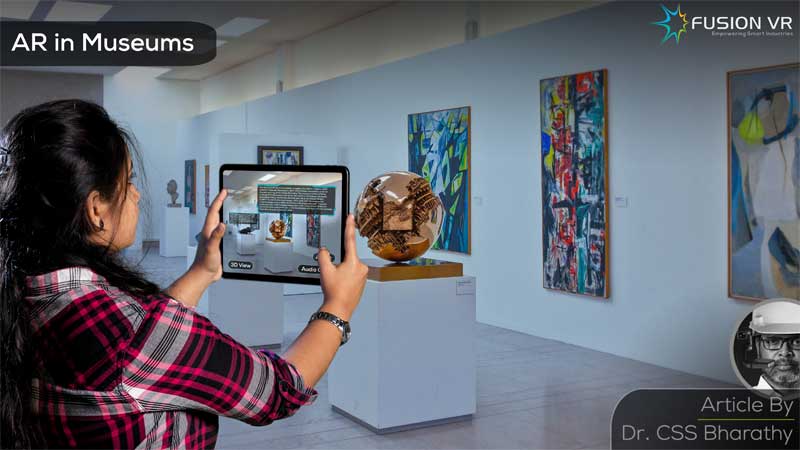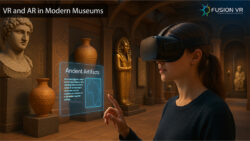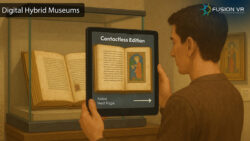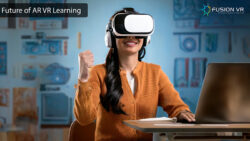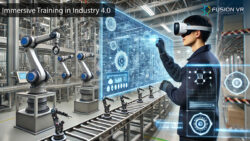Technology is changing at a rapid pace and finding applications in every area of human interest and activity. Few things in daily life are truly untouched by technology. Museums are no exception and there is a slow and growing change in the way museums are being developed and used. Gone are the days when museums served as just a repository for valuable historical artifacts and the kind of place you would visit only with your kids.
While the artifacts remain and are cared for, museums are fast evolving into places of learning and unique experiences. Digital technology has made a crucial impact in the transformation of museums. The earliest use of technology in museums was in the form or audio guides that explain the museum’s collections as there weren’t enough guides to go by. Here, a user needs to dial in a code and a pre-recorded message provides details of the exhibit. Today, the latest technologies such as augmented reality and virtual reality go much further ahead in providing information, entertainment and memorable experiences for the visitors, young and old.
Augmented Reality ( AR) technology is easily accessible with your very own smartphone or tablet. It can also be made available through a special AR headset. Depending on the museum and the experience desired, the choice of the device could change, the experience is nevertheless the same. AR provides a rich digital overlay of content on your smartphone through a specially designed and customized AR application. The growth of AR applications for specialized and mundane uses is quite high and you could be using it today without even realizing that it’s AR in action. AR technology in museums has grown rapidly and is delivering unique museum experiences for its patrons and visitors. It should surprise no one if AR in museum environments soon become a standard feature.
Creating Unforgettable AR-based Museum Exhibits
Many museums around the world have begun using Augmented Reality technology. The Smithsonian Institution in Washington, DC has an extensive collection of animal skeletons. Visitors can use an AR application on their mobile phones and get to see what these skeletons would have been like in their own skin and flesh. This is an interesting augmentation for young visitors to learn about those animals and how they looked when they were alive. AR also provides interactive content that can be just informative or even gamified to highlight other interesting facets of the exhibit.
Take the example of visiting historical ruins where AR can help. With a quick scan of a QR code, the AR application would digitally reconstruct those ruins to what it was in their heyday. Such an experience is magical as it takes you centuries back in time. Wouldn’t it be cool to check out how the environs of the Taj Mahal looked at the time of its completion? How about a digital avatar of Shah Jahan giving a personal walkthrough of the complete monument? Closer home, the Ramakrishna Mission has a full-fledged AR interactive experience called Ask Vivekananda at its RKM Museums across the country.
The extent to which AR becomes an integral part of the museum is only limited by imagination and human creativity. AR has the ability to transform museums into unforgettable experience centres that educate and inspire all visitors. Schools and colleges could be advised to integrate such AR experiences outside the classroom as part of their curriculum to encourage engagement and more effective learning for the younger generation. An AR museum helps to develop an appreciation for the arts, history and culture.
Fusion VR has commissioned many digital exhibits at the Amma Museum in Chennai and brings considerable technological and creative expertise that delivers exceptional solutions and great value. The range of museums is growing each day. It’s important that private and public museums consider providing a wholesome augmented reality museum experience for their patrons and visitors, in collaboration with the right solutions providers, right away!

